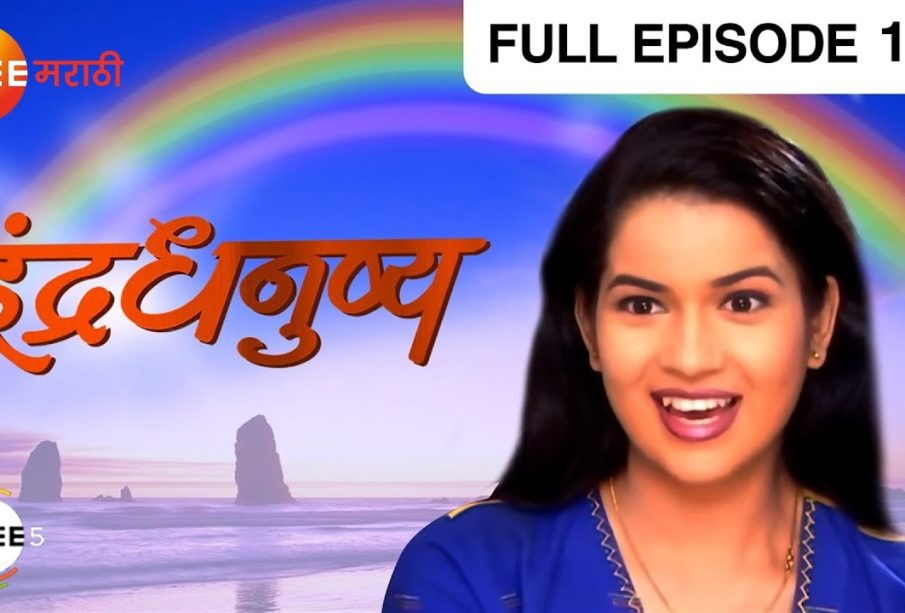The Impact of Zee Marathi on Marathi Culture

Introduction
Zee Marathi, a leading television channel in India, has remarkably shaped Marathi culture and entertainment since its inception in 1999. With a plethora of engaging content, the channel has become a cultural touchstone for Marathi speakers around the world. Its influence extends beyond entertainment; it plays a crucial role in promoting Marathi language, literature, and traditions, making it relevant in today’s fast-changing media landscape.
Programming and Popular Shows
Zee Marathi offers a wide range of programs including dramas, comedies, reality shows, and movie premieres that resonate with the Marathi audience. Popular shows like “Jai Malhar” and “Tujhyat Jeev Rangala” have garnered substantial viewership, often being the topic of discussion among families during meal times. The channel’s commitment to quality content is evident in its storylines, which often reflect societal issues, family values, and cultural festivals, thus fostering a sense of pride in Marathi heritage.
Current Events and Initiatives
Recently, Zee Marathi launched a campaign titled “Swaagatam”, aimed at promoting local talent and bringing fresh perspectives into the Marathi entertainment industry. This initiative has provided a platform for aspiring actors, writers, and directors, thereby ensuring that the channel remains vibrant and inclusive. Furthermore, Zee Marathi has been recognized for its innovative use of modern technology, incorporating social media to engage with younger audiences and enhance their viewing experience.
Significance for Viewers
For viewers, Zee Marathi serves not just as a source of entertainment but also as an educational platform that reinforces cultural values and traditions. With an array of programs focusing on local festivals, folk arts, and the rich history of Maharashtra, the channel encourages younger generations to connect with their roots. As a result, Zee Marathi has fostered a unique blend of tradition and modernity, appealing to a diverse audience.
Conclusion
As the media landscape continues to evolve, Zee Marathi is poised to maintain its significant role in the Marathi cultural renaissance. Its commitment to quality programming and community engagement plays an essential role in keeping the Marathi language and traditions alive. Looking forward, as digital platforms expand and viewer preferences shift, Zee Marathi’s ability to adapt and innovate will be crucial in retaining its relevance in an increasingly competitive environment. For Marathi-speaking audiences, Zee Marathi is not just a channel; it is an integral part of their identity.






